Golang Interview Questions
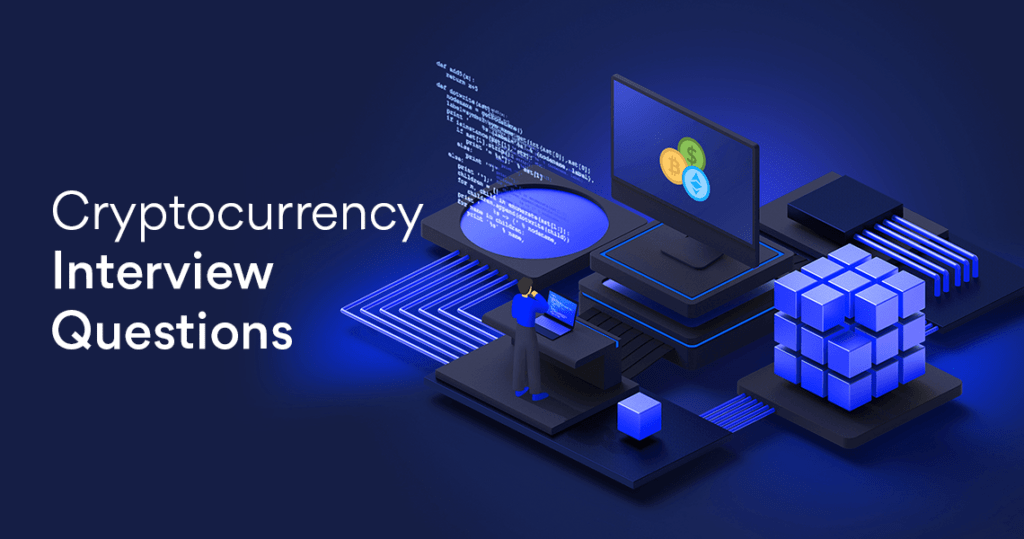
Outline
This comprehensive guide has three sets of important golang questions and answers: Beginners, Intermediate and Advanced.
Read, learn, practice and prepare yourself with these sure-shot golang interview questions to crack your next interview for a golang developer job.
We have compiled the top golang interview questions and answers for you to prepare for your next interview. We have divided the questions into three categories based on experience.
We have selected the most asked Golang questions in any interview. Each of these questions represents some core insights on the Golang programming language.
But first let’s discuss – Why is Golang one of the top programming languages? Why is there high demand for Golang developers? What makes Golang development a competitive job?
Google created Golang as an open-source programming language in 2007. Sometimes it is referred to as Go. It was intended to take the place of the more widely used, high-performance server-side languages, such as Java. Golang was first created for infrastructure and networking-related applications, but it is currently utilised for a wide range of applications, including server and cloud-based ones. This programming language is becoming more popular in the computer industry thanks to the use of major firms like Meta, Apple, BBC, and Google.
A professional developer who is familiar with one or more programming languages can learn Golang. Developers frequently learn Go after becoming experts in Python, PHP, and C++. Some programmers manage to pick up both Python and Go, or PHP and Go, over time. If you go through job postings, you’ll frequently find combinations of Python/Golang, PHP/Golang, and other languages in the requirements.
The above statements prove that Golang is indeed one of the most sought-after programming languages.
Now, let’s learn top interview questions on Golang. Let’s start.
Golang Interview Questions for Beginners
1. Explain Goroutines?
2. Can Go return multiple values from a function?

3. Explain the packages in Golang?
4. Describe the pointers in GoLang?
* operator (Dereferencing Operator): It is used to access the value in the address. & operator (address operator): This operator is used to return the address of the variable.
5. How to declare a constant variable in Go?
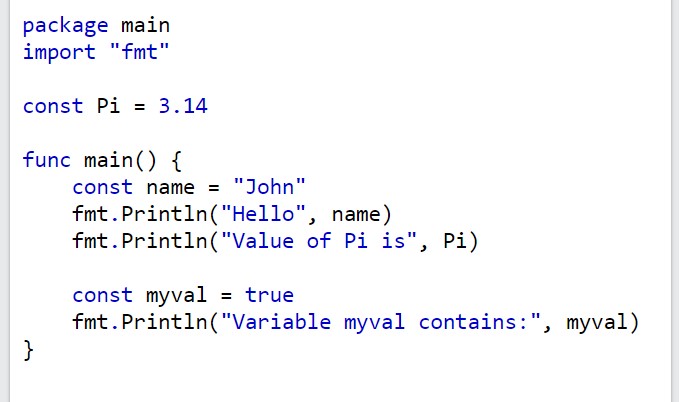
6. Define Methods in Golang?
The syntax is –
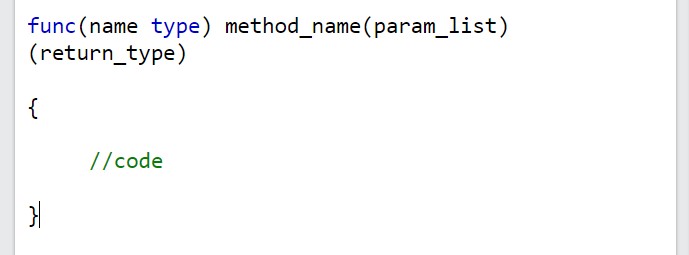
7. Name some built-in supports in Golang?
8. Explain ‘slice’ in Golang?
There are three components in a slice –
Pointers: This is used for pointing to the array’s first element which is accessible using slice. Lengths: This represents the total count of elements present in the slice. Capacity: This is used for representing the capacity up to which the slice can expand.
For example: Let’s consider arr, an array with the values “This”,“is”, “a”,“Go”,“interview”,“question”.
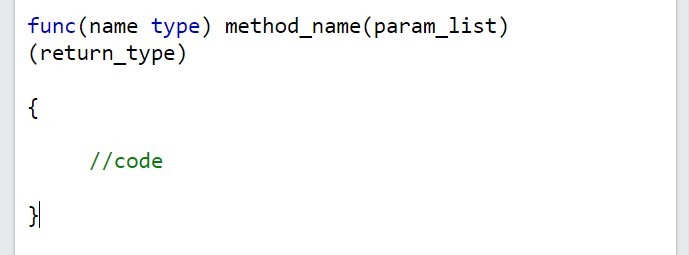
In the above program, we tried to slice the array to get the first 3 words starting from the word at the index position of the original array. Then the program is trying to find the length and capacity of the slice. In that way, the output of the above program is –

9. Why do you think Golang is fast while comparing it with other programming languages?
10. Do you think Golang supports inheritance?
Intermediate Golang Interview Questions
1. How do you determine a variable's type in Go at runtime?

The code above checks the type of the variable v; if it is uint64, it prints “Integer type.” otherwise, it does not. The code prints “String type” if the variable’s type is a string. The default block is performed and its statements are run if the type is not the same.
2. Do you recommend usage of Global Variables in programs implementing goroutines?
3. How is GoPATH different from GoROOT variables?
4. What is the safer way for concurrent data access? Channels or Maps?
Because channels include blocking/locking techniques that prevent goroutines from sharing memory while there are several threads active, they are secure for concurrent access.
Maps lack locking features, making them hazardous. In order to communicate data securely over goroutines, we must utilise explicit locking techniques like mutex when utilising maps.
5. Describe a switch statement in Golang?
A switch statement can also be said as a multi-way branch record. It provides a smooth way to assign the execution to different parts of code based upon the utility of the expression.
Go has two types of switch statements they are –
Expression switch:Expression switch in Go is equivalent to the switch statement in C, C++, and Java. It provides an easy way to route execution to different areas of code based on the phrase’s value.
Type switch:This type switch is utilized when one requires to match types. In this switch, the case includes the type which is operating to compare with the type existing in the switch expression.
Advanced Golang Interview Questions
With practice, you will be able to respond to basic Cryptocurrency interview questions with ease as a developer.
We have gathered some challenging Cryptocurrency interview questions for you in this part. You can get assistance from this section with these precise types of intermediate Cryptocurrency interview questions you might face while looking for work.
11. What Is a Consensus Algorithm?
12. What Kinds of Consensus Algorithms Are There?
There are many different consensus algorithms and methods available. The most often used consensus algorithm consists of
– Proof-of-Work (PoW)– Proof-of-Stake (PoS)
– Proof-of-Authority (PoA)
– Byzantine Fault Tolerance
– Proof-of-Elapsed Time (PoET)
– Delegated Proof-of-Stake (DPoS)
13. The Proof-Of-Work (Pow) Consensus Algorithm: How Does It Operate?
14. The Proof-Of-Stake (Pos) Consensus Algorithm: How Does It Operate?
15. Explain Cryptocurrency Mining?
16. What is DeFi Technology?
17. What Is Hyperledger?
18. What Is Smart Contract?
Advanced Cryptocurrency interview questions
This section contains some advanced interview questions on Golang. This section also explores a few Golang coding Interview questions. You may practice the common python programs which the interviewer often asks.
1. Write a Go program to swap variables in a list?
The same logic can be applied to a list of variables as shown below:
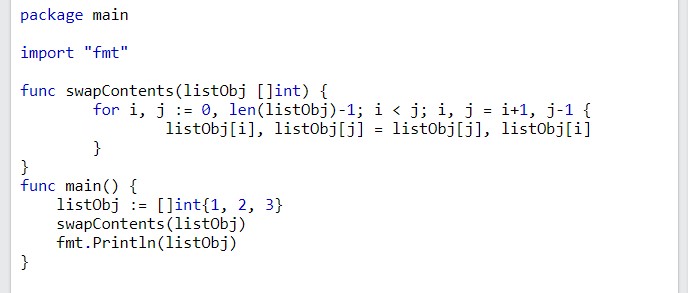
The output of the above program is –

2. Write a GO Program to find factorial of a given number.
Factorial of a number is the product of multiplication of a number n with every preceding number till it reaches 1. Factorial of 0 is 1.
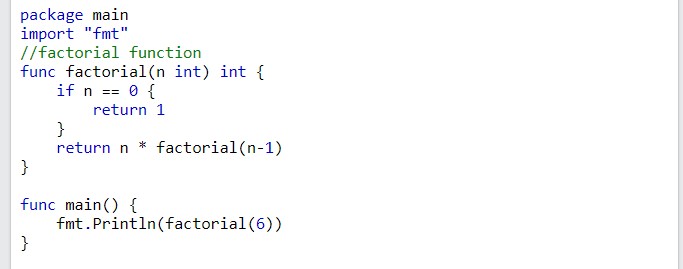
3. Write a Go program to find the nth Fibonacci number.
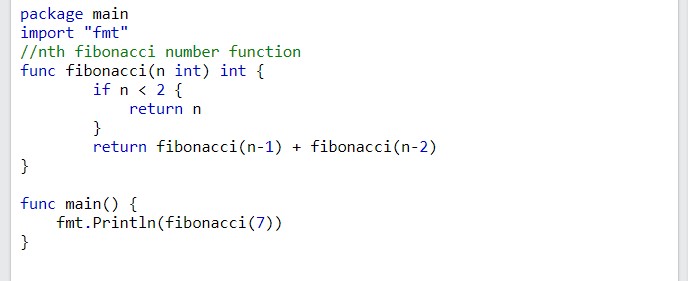
4. Write a Golang code for checking if the given characters are present in a string.
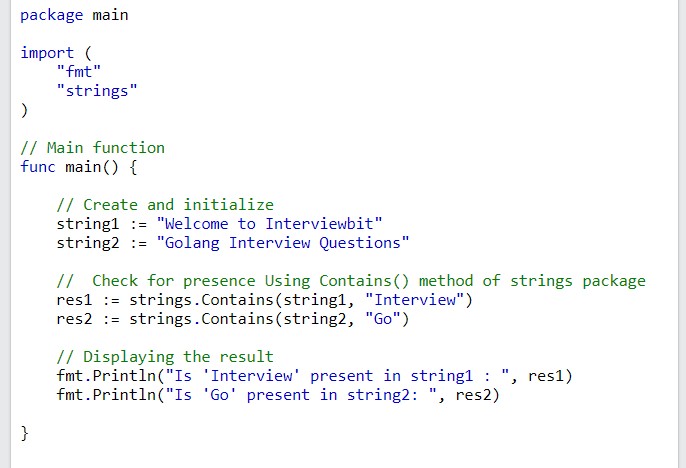
5. Write a Go code to compare two slices of a byte.
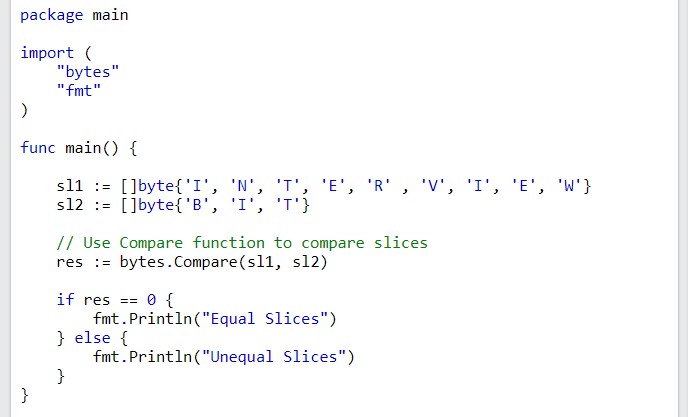
Conclusion
Whether you’re a developer getting ready for an interview or a hiring manager trying to find the ideal candidate, we believe these cryptocurrency interview questions and answers will be a tremendous help to you during the process.
Keep in mind that technical proficiency is only one aspect of the hiring process. Both prior experience and soft skills are essential if you want to be hired for a high-paid crypto development position.
Keep in mind that many of the Cryptocurrency interview questions are open-ended. Not just the answer you memorised, but also your reasoning will be of interest to the interviewer. Always be prepared to address any follow-up inquiries about how you came to your conclusion. Describe the way you think.
Good Luck! Regarding your future AI interview. You can browse through our listings for cryptocurrency developer jobs here.





